Splice is a game-changer for music producers and sound designers, especially if you're just starting out. In this review, I deep dive into whether Splice is worth it and who stands to benefit most from its features.
What is Splice?
Splice is an online marketplace for audio hobbyists and professionals that provides a vast collection of high-quality sounds, loops, MIDI patterns, and plugins across every genre you can think of.
I've used Splice for years for music production and on many post-production products. Whether I'm writing sync music for a commercial or needing to quickly find a sound to demonstrate an idea to a client under time pressure, Splice has become a vital part of my audio toolset.
By subscribing to Splice, you gain access to a huge supply of professionally curated content. You can download exactly what you need using the credits that come with your monthly subscription, making it super convenient to find the perfect sound or loop for your project.
Splice Features
The Splice platform is vast and powerful - utilizing its feature set will enable you to get the most out of your subscription. Here's a breakdown of the key features.
Extensive Sound Library
Splice has an ever-growing library of high-quality sounds, loops & one-shots. You won't be stuck for choice.
To give you an idea of its library depth, I ran a simple search for 'hi-hat', and it returned over 162,000 results:
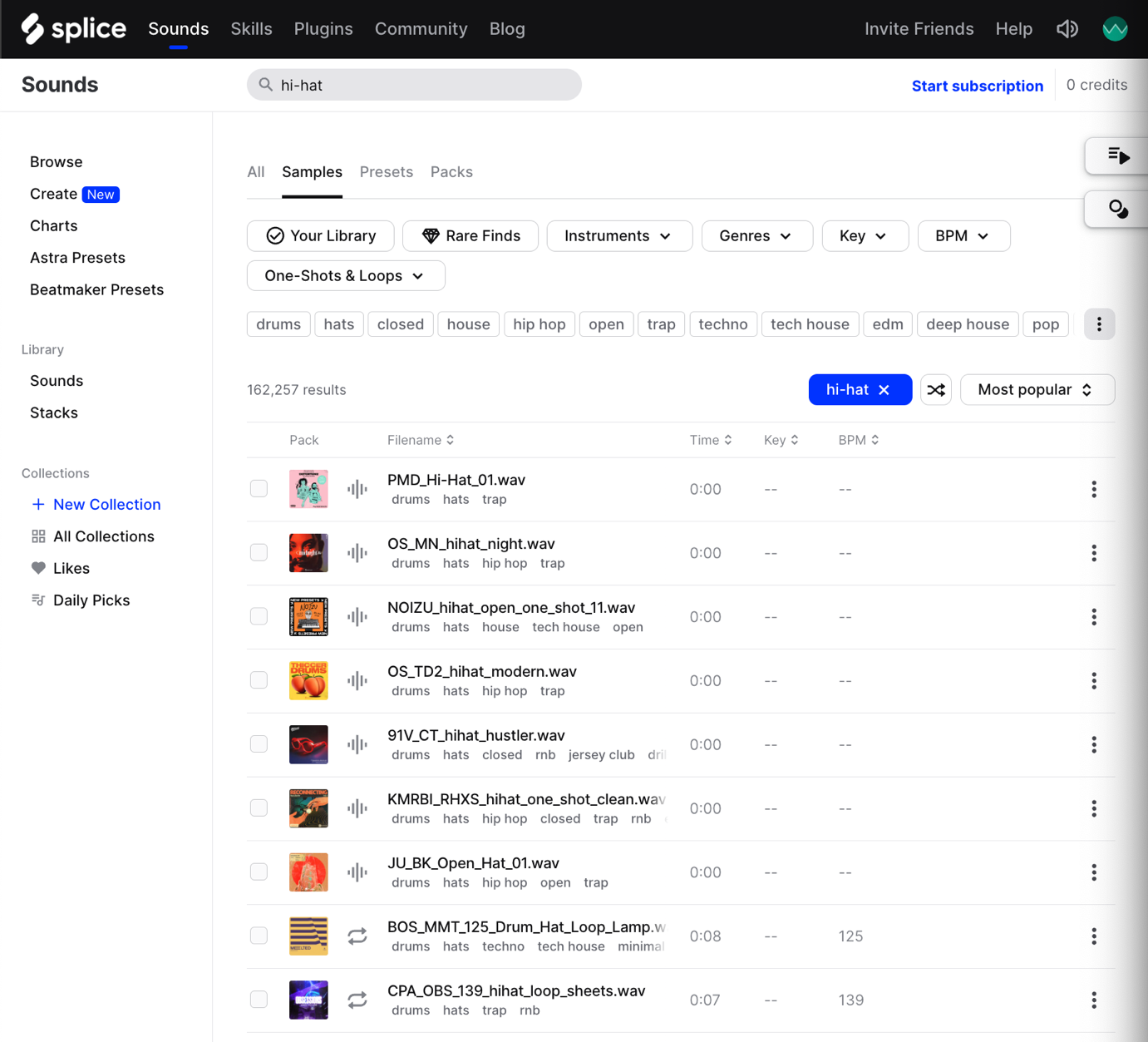
Each result is packed with metadata, which gives you detailed information on every sound.
Too much choice? Narrow down your search using a range of filters - find sounds from specific instruments, genres, keys, and BPM. The filter system is great once you know what direction your project is heading in.
MIDI Patterns
To me, MIDI is one of the most powerful yet overlooked elements of Splice's catalog.
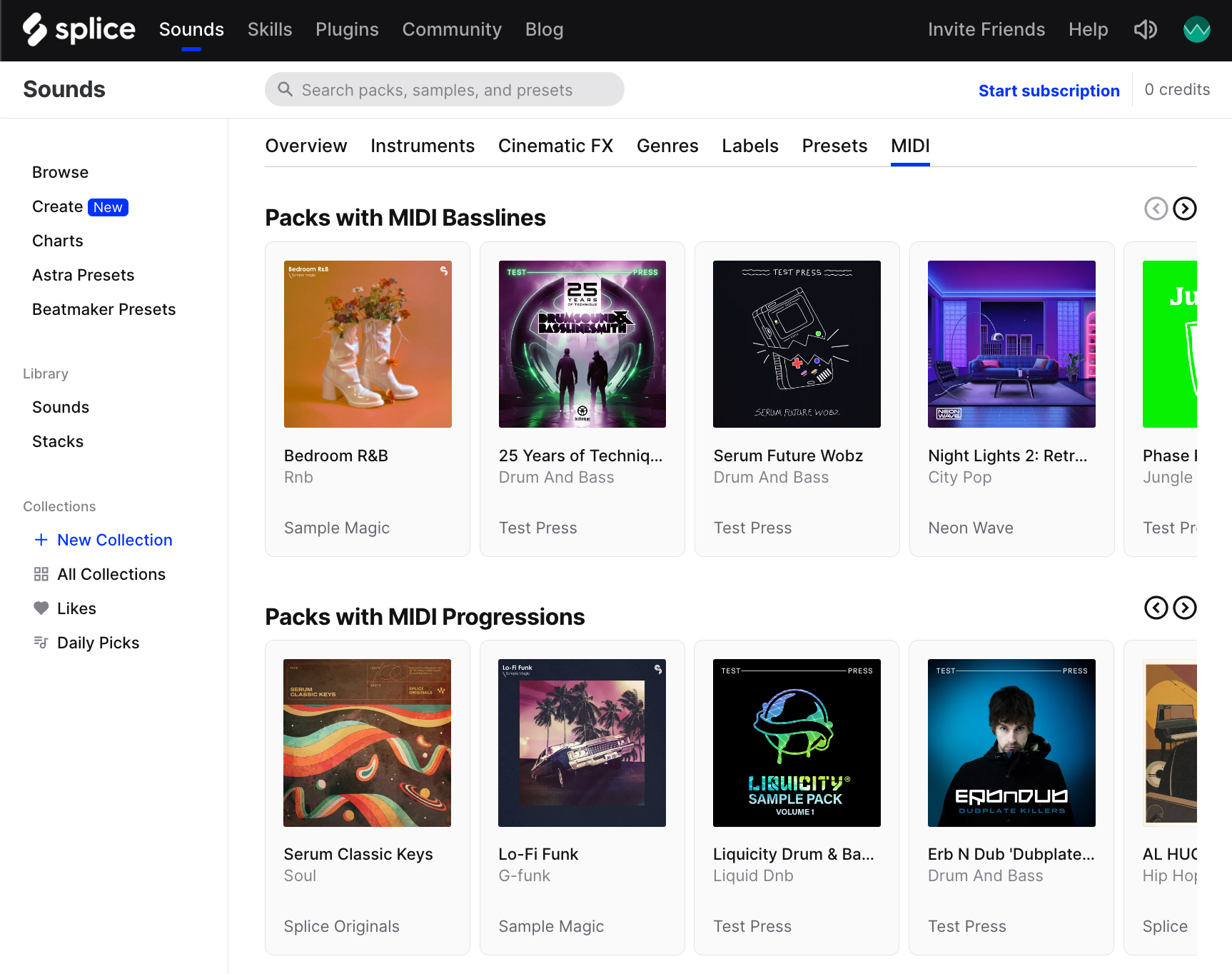
You can download pre-made MIDI files ranging from chord progressions and basslines to melodies and drum patterns, and drop them straight into your DAW timeline.
This feature is especially useful for finding a starting point for elements of a composition you're less confident in.
For example, you may have the beat of a track exactly where you want it, but you're stuck for where to approach the melodic aspect. Splice's range of MIDI patterns can immediately inspire you whilst providing something to build from.
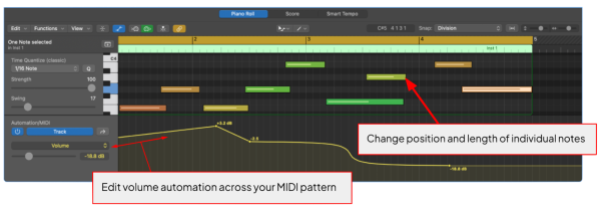
Once imported, you can edit MIDI patterns to fit your project by adjusting tempo, key and individual notes.
You can also control any MIDI-compatible instrument or plugin, easily swapping sounds while retaining the musical structure.
Over time, you'll find yourself relying less and less on premade MIDI due to the confidence you have built in developing your own ideas from scratch.
Plugin Access and Rent-to-Own Program
One of Splice's standout features is its plugin access and Rent-to-Own program. This program lets you trial high-quality plugins for a few days for free, then spread the cost over manageable monthly payments until you own them outright.
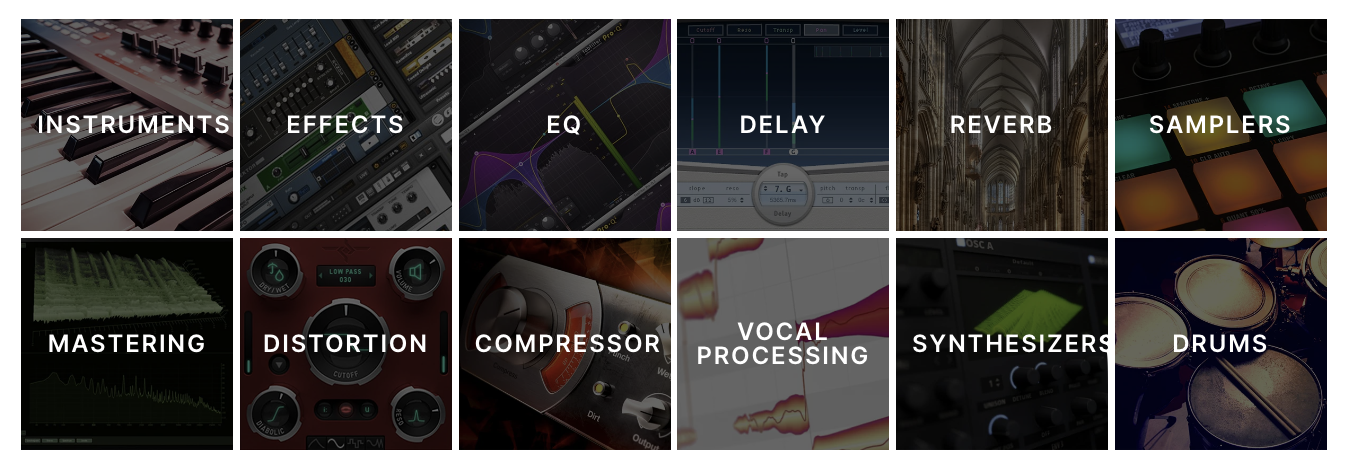
Personally, I've been able to download and use top-tier tools like Serum, the powerful software synth, immediately enhancing my production quality without breaking the bank.
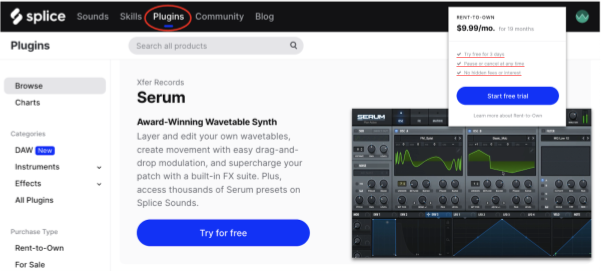
This flexibility makes professional tools accessible to music producers of all levels without the hefty upfront cost.
Rent-to-Own pricing varies depending on the plugin, but everything is affordable. As shown above, you can have a full-featured copy of Serum for just $9.99/month.
After 19 months, the payments stop, and you'll own the plugin for life.
There's flexibility, too; if you need a break from the payments or decide you don't want the plugin anymore, you can pause or cancel anytime.
Comparing this to the upfront cost of $189, it's clear that the accessibility that Rent-to-Own offers is worth it.
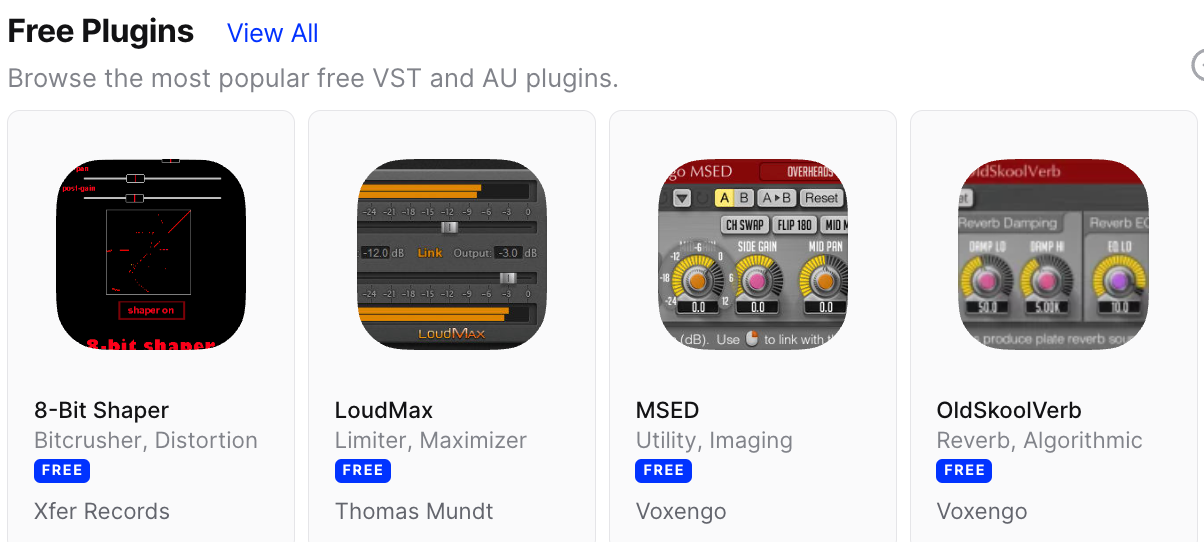
Stacks
Back in 2023, the 'Stacks' feature launched, enabling users to quickly create musical ideas using layers of sounds curated by the platform's own AI tech.
It enables you to browse the library for a loop that catches your ear and select 'Create a Stack':

This opens up a sidebar on the right revealing a stack of compatible sounds selected by the AI:
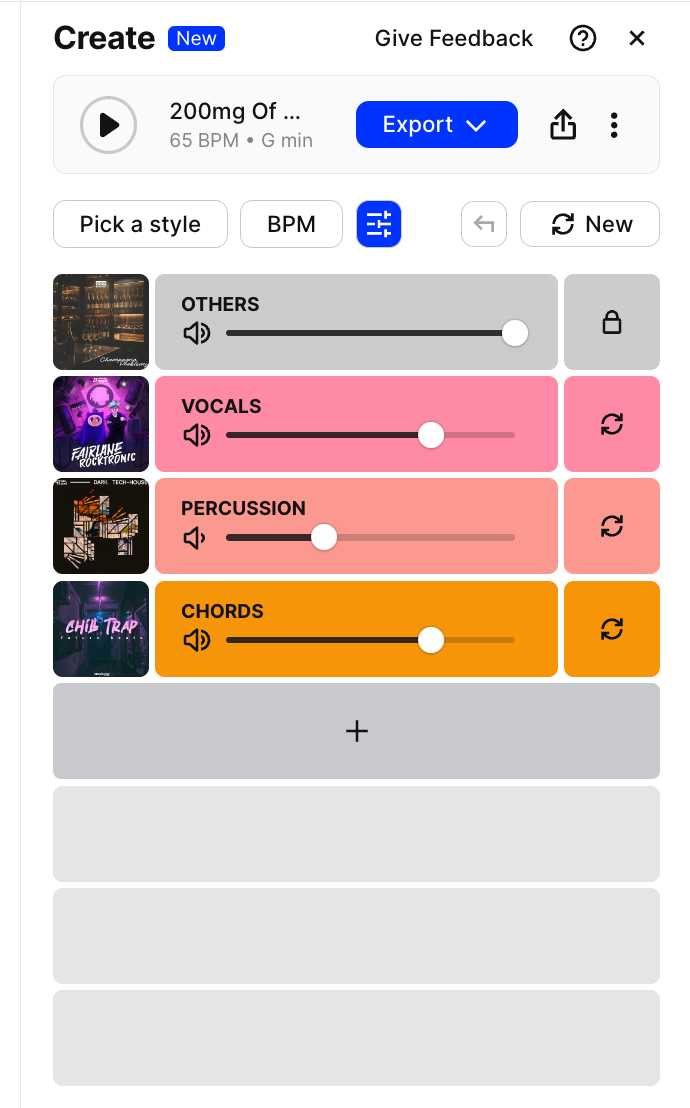
On the whole, the combinations sound surprisingly good.
But if you don't like a particular selection, you have the flexibility to replace layers, adjust the mix, add or remove elements, and even transform the Stack into a completely different style, all starting from the initial loop you chose.
I think this feature is pretty transformative for beginner producers, as it's yet another way to simplify the often overwhelming creative process.
This tool saves time, sparks inspiration, and keeps your work organized, making music creation both efficient and enjoyable.
Collaboration Tools
Building on the Stacks feature, the latest offering from Splice is also one of the most exciting:
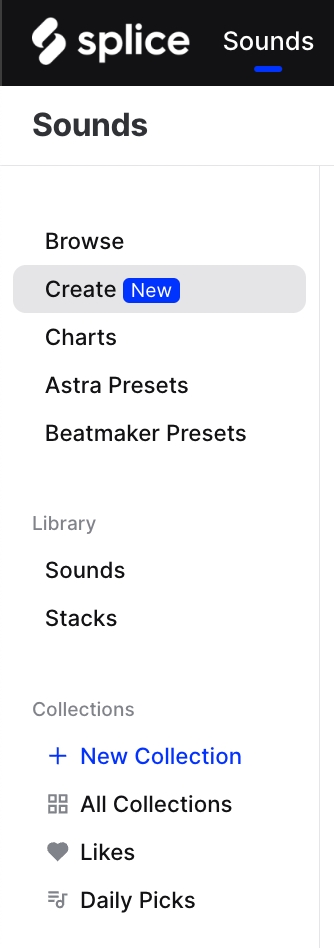
The new 'Create' tab on the sidebar gives you access to 'Create mode', which enables you to collaborate remotely with friends and other producers by sending links to your Stacks. Others can then remix or expand on your work.
This feature is available across Splice's web, desktop, and mobile platforms.
Again, Splice's flexibility options really allow you to make the sounds your own, with no restriction to where you can take an idea. As a subscriber, you can also export a Stack you like in a variety of formats, including as Ableton Live/Studio One projects, stems, or a stereo mix (.wav):
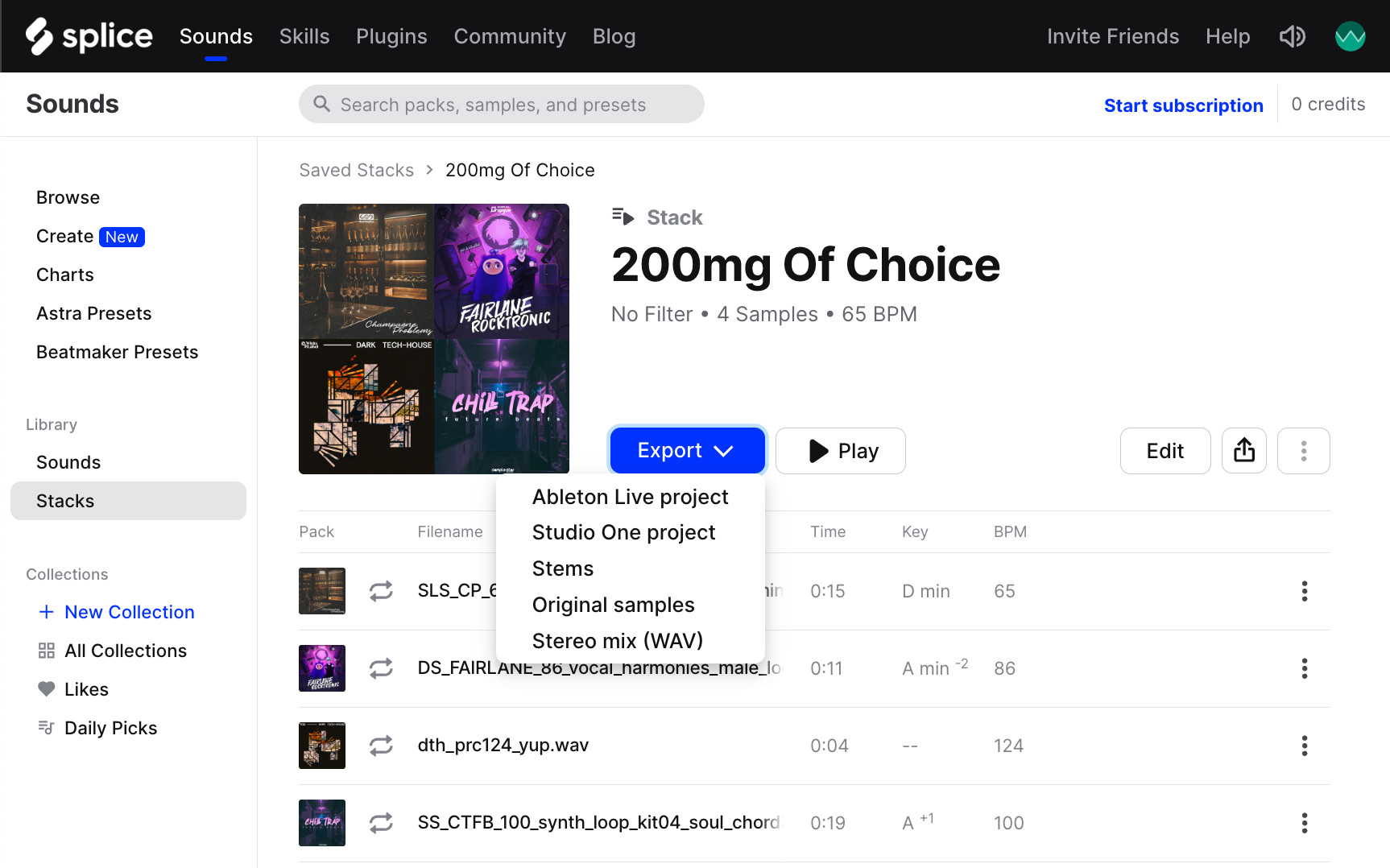
Community and Educational Resources
The Skills, Community and Blog tabs found at the top of the Splice page provide valuable resources for producers, whether you're new to the process or a seasoned veteran.

The four most useful features you should definitely check out are:
- Active Community Forums. Producers can share techniques, tips, and feedback. I've been a member of the Splice Discord community for years now. It's a place where you can connect with thousands of others for advice, inspiration, or even collaboration on projects. Join the Discord here.
- Splice Skills / Video Tutorials. An extensive library of step-by-step guides for all skill levels, created by experienced producers.
- Artist Spotlights. In-depth features on successful producers and artists, offering insights into their creative processes, favorite tools, and personal tips.
- Educational Articles. Detailed articles and guides on specific production techniques, such as sound design, mixing, and mastering.
How Much Does Splice Cost?
Splice is a monthly subscription-based platform, so there are no large annual fees.
There are three tiers to choose from: Sounds+, Creator, and Creator+. Pricing ranges from a very affordable $12.99 to $39.99, and you can adjust your subscription to suit your needs:
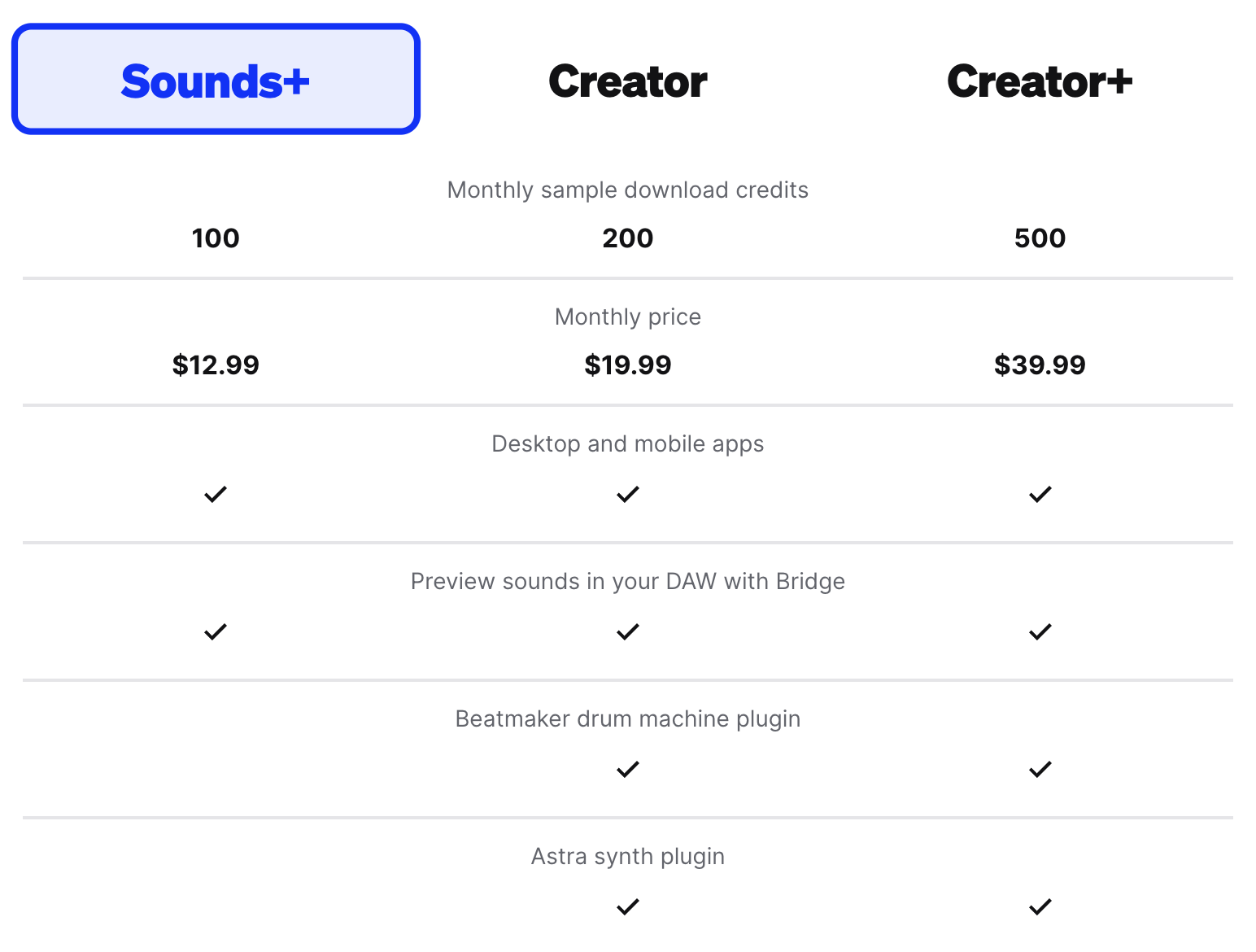
The main difference between the packages is the number of credits available to download samples each month, while the Creator and Creator+ packages also come with a drum sequencer plugin and a synth plugin.
Those on the Creator and Creator+ packages also get access to Splice Skills. Splice Skills is a huge library of music production video tutorials from experts.
Is Splice Worth It?
Short answer: Yes, it is worth it.
Unless I'm working on a large-scale project that requires many more downloads or if I'm part of a team of people who share the platform for a mutual project, I've always found that the Creator tier has provided fantastic value for money at just $19.99/month, including 200 credits and access to all features.
One of my favorite things about the subscription (across all tiers) is that any unused download credits carry over to the following month. Over time this can accumulate into a large number and you'll find you are never caught short!
If you're new to production or you just want to continue testing Splice after the free trial, the Sounds+ tier is for you. At $12.99/month, it is excellent value for the features you get. This still provides you with 100 download credits per month, and the features you miss out on are not particularly crucial, in my opinion.
If your relationship with the platform grows and you decide you want to take it up a notch, you can upgrade your subscription tier at any time. Similarly, you can downgrade to a cheaper tier whenever you wish.
Splice Pros and Cons
Here's a summary of where I think Splice excels, and what I think it could do better.
Pros:
- Extensive library. A massive library of high-quality samples, loops, and MIDI patterns across various genres.
- UI and updates. I'm a big fan of Splice's interface and they're continuously making improvements and adding features. In particular, Splice's filtering options help you narrow down your sample search and quickly find specific sounds.
- Royalty-free samples. Every sound comes with a royalty-free licence. This includes commercial use and even use for video games, film, television, and radio. Each sound also has a link to the source library, producer, or artist that created it. This is useful for finding similar sounds or simply learning about the industry.
- Subscription model. Splice provides affordable access through a monthly subscription, with three tiers meeting the needs of any user. Credit-based downloads carry over if unused, offering flexibility and cost efficiency.
- Rent-to-Own plugin program. You can rent high-end, expensive plugins in monthly instalments until you own them outright, for life. This means you can level up your productions without breaking the bank, with software previously reserved for those with a bigger budget.
- Community and educational resources. Splice's active Discord community is great for discussing production techniques, sharing feedback, and meeting like-minded people. Splice offers a comprehensive library of video tutorials, artist spotlights and in-depth articles, catering to producers of all skill levels.
Cons:
- Spoilt for choice. If you're anything like me and struggle to make a decision when presented with a vast number of choices, this is where one of Splice's plus points can actually become a negative. The sheer scale of the library can be quite overwhelming, potentially slowing you down and causing you to get stuck on what to choose.
Some of the best production advice I ever received was "less is more". My tip: Yes, you may be presented with too many choices. The trick is to just pick one and see where it takes you. - Not built for sound designers. Splice is definitely geared towards music production rather than sound design. While it can provide inspiration and lots of content to build from, the community is mainly made up of music producers and there are only two genres under the 'Cinematic/FX' category - 'Cinematic' and 'Game Audio'.
- Lack of offline access. Splice's reliance on internet connectivity means you cannot access all features or collaborate on projects offline, which can be inconvenient for those in areas with poor internet connectivity or when traveling.
The desktop app, however, does allow you to sync your projects to the cloud so you can access previously downloaded samples and loops when on the go. - Limited plugin selection. I'm really starting to pick holes here, but despite the genius of the Rent-to-Own plugin subscription model, the selection is less extensive than dedicated plugin marketplaces.
However, this isn't much of a problem if you're a beginner, as your needs are less likely to be as specific as somebody ten years deep into their craft. - Credit limits. Suppose the Sounds+ tier with 100 credits is all you can afford, and you happen to be particularly heavy on downloads. There is a chance you could run out of credits before they are renewed the following month (though I've never run into this problem personally).
The good news is that if it did become an issue, the jump up to the next tier is only an extra $7, and you could always downgrade again the following month.
How Does Splice Compare Against Other Sample Libraries?
I've explored many sample platforms over the years, including Splice and its counterparts.
When comparing them, there are a few key differences worth pointing out. Here's my take:
Splice offers a vast library of consistently high-quality content across genres, whilst emphasizing collaboration and community engagement.
Loopcloud, on the other hand, is known for focusing more on its advanced sample editing tools and really excels at integrating with a range of DAWs.
Whilst Splice Bridge allows you to integrate with your DAW of choice, I have experienced some unreliability with it in the past. Loopcloud, however, has consistently performed well whether I've been running Ableton, Logic Pro X, FL Studio, or Cubase.
LANDR utilizes AI-driven algorithms for sample curation, providing users with tailored recommendations based on their preferences and production style.
They've been using AI much longer than Splice has, so if you're into that side of things, LANDR may be more what you're looking for. I personally think it leaves less room for individual creativity, but I'll let you be the judge.
Noiiz emphasizes its simplicity and user-friendliness, and offers a unique subscription model that provides unlimited access to its entire library.
This eliminates the need to purchase individual samples or packs using credits.
However, the library on offer is noticeably smaller than Splice's, and I'm not sure that having unrestricted access necessarily outweighs the creative possibilities Splice's vast library provides.
My Verdict on Splice
These days, producers are spoilt for choice when it comes to sample libraries. In my opinion, Splice is a fantastic all-in-one solution for everybody, no matter your experience level.
If you're more of a sound designer and you're struggling to find something specific on Splice, I recommend sites like Epidemic Sound or Soundsnap, which have a richer library of SFX, including room tone, atmos, Foley recordings, and diegetic sound.
What makes Splice stand out for me is its perfect balance of affordability and quality. It caters to producers of all genres, abilities, and budgets, offers a packed feature set with frequent updates, and emphasizes the importance of community and continued learning.
In short, Splice isn't just about sounds—it's about the community it builds. It's a shared space where creators can come together to inspire, collaborate, and create. In a world where we are inundated with choices, take it from me: Splice is the perfect starting point for your creative journey.
Sound Algorithm rating: 🌕🌕🌕🌕🌖
FAQs
Can I keep the samples I download if I cancel my subscription?
Yes, any samples you download during your subscription period are yours to keep, even if you cancel. Continue to use them in your projects without any limitations.
Does Splice offer any discounts for students or educators?
Yes, Splice offers discounts for students and educators. To receive a discounted subscription rate, verify your student or educator status via a .edu email address.
Can I preview samples before downloading them?
Yes, you can listen to a preview of each sample directly on the website or through the Splice desktop app.
Can I use Splice samples in sample-based instruments or virtual instruments that I create and sell?
Yes, you can use any Splice sample for this purpose. However, you cannot redistribute the original samples themselves. You must edit them to make them uniquely yours.
Are there any restrictions on using Splice samples in live performances or DJ sets?
No, there are no restrictions. Your royalty-free license for each sample you download covers you for both live performances and DJ sets.
Is Create available in any other languages? What about Features and Tips & Tutorials?
No, currently Create and all Community content is only available in English. However, Splice has stated that subtitles will be added in the future.
How do I integrate Splice with my DAW?
- Install the Splice desktop app.
- Head to the 'Apps & Plugins' section under 'Your Library'.
- Click the 'Install' button for 'Splice Bridge' under the Splice section.
- Add the Splice Bridge plugin to your DAW's plugin manager (you may need to 'rescan plugins' to see it).
- Now, with both the plugin and desktop app active, you can seamlessly access Splice's sample library directly within your DAW, synced to your project's tempo and key.
How long is the free trial and do I have to enter my card information?
Every Splice plan starts with a 14-day free trial. A payment method is required to start the trial, but if you cancel within 14 days you won't be charged at all.








